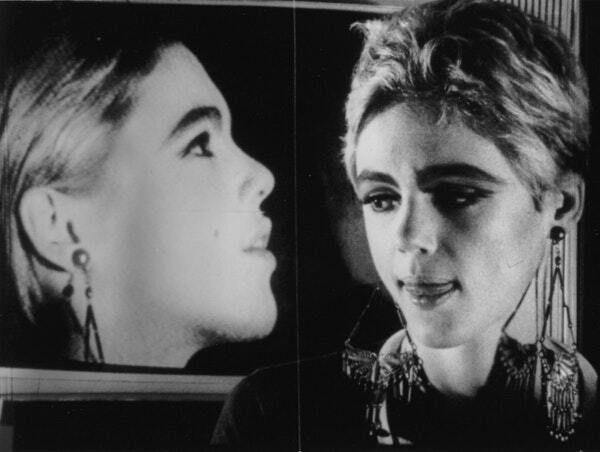Cinema Reinvented: Four Films by Andy Warhol
Sunday, Oct 20, 2019 – Jan 26, 2020111 S. Michigan Ave.
Chicago, IL 60603

Gallery 186
From 1963 to 1968 Andy Warhol made hundreds of films, and these works are central to his radical reinvention of artistic media. The films ranged from black-and-white silent works to scripted, feature-length color productions that extended the idea of seriality he was exploring in his silkscreen paintings through their repeating frames and infinite reproducibility. A wide range of genres and practices—contemporary experimental film, classic Hollywood movies, documentary cinéma vérité, pornography, and avant-garde performance—inspired his multifaceted approach to filmmaking. The selection of films presented here in their original 16 mm format underscore the links between Warhol’s cinematic career and his groundbreaking work in other media.
Films are screened daily every hour on the hour, beginning at 11:00 a.m. See the schedule of films below.
Please note that the exhibition is closed November 18 to allow time to change the installation of screens.
OCTOBER 20–NOVEMBER 17, 2019
Outer and Inner Space (1965)
16 mm film, black-and-white, sound; 33 min. at 24 fps in double-screen format
This rare two-screen film captures Warhol’s effervescent superstar Edie Sedgwick speaking to the camera amid a cacophony of sound as she is seated in front of a television monitor playing a prerecorded videotape of herself that was shot by Warhol on a prototype Norelco video system. The resulting work presents a quartet of highly mediated portraits of a chatty Edie—doubled in both video and celluloid images on each screen. The effect is consonant with Warhol’s celebrated serial portraits of Jacqueline Kennedy, Elizabeth Taylor, and Marilyn Monroe, as seen in the Andy Warhol—From A to B and Back Again.

Still from Outer and Inner Space, 1965
NOVEMBER 19–DECEMBER 8, 2019
Haircut no. 1 (1963)
16 mm film, black-and-white, silent; 27 min. at 16 fps
In 1963 Warhol made a trio of films focusing on the haircutting salon parties hosted by Billy Linich (known as Billy Name), the lighting designer of the Factory, Warhol’s studio. In this version, shot in choreographer James Waring’s loft, Linich styles the hair of Renaissance art scholar John Daley. Warhol renders Daley’s features in the luminous, dramatic chiaroscuro shadowing of his painterly predecessors. The six single-take rolls follow the barbering process, punctuated by provocative appearances by the dancer Freddie Herko. At the end Waring bids the audience good night.

Still from Haircut (no.1), 1963
DECEMBER 9, 2019–JANUARY 5, 2020
Kiss (1963)
16 mm film, black-and-white, silent; 54 min. at 16 fps
The first Warhol film to be publicly screened, this episodic work consists of a dozen separate rolls assembled into a nearly feature-length film. Each segment, most often shot in close-up in a single take with a stationary camera, focuses on a couple—either gay or straight—kissing. Participants include New York socialites Jane Holzer and Philip van Rensselaer, visual artists Marisol and Mark Lancaster, and filmmakers Naomi Levine and Andrew Meyer. Kiss was Warhol’s most widely screened film in the 1960s and remains an iconic work.

Still from Kiss, 1963
JANUARY 6–26, 2020
Tiger Morse (Reel 14 of ****) (1967)
16 mm film, color, sound; 34 min. at 24 fps
Filmed by Warhol in what appears to be the stock room of Joan “Tiger” Morse’s Upper East Side boutique Teeny Weeny, this impromptu portrait film captures the chatty fashion designer. Behind her oversized sunglasses and large cigarette holder, she discusses her mod aesthetic and gossips about New York’s social scene. Warhol responds by alternating the camera’s stare with disorienting strobe cuts that stop Morse mid-sentence and expansive camera movements that defy the tight space of the boutique. The film combines the intimacy of his celebrity portraits with the documentary cinéma vérité style of the era.

Still from Tiger Morse (Reel 14 of ****), 1967
All film stills: Andy Warhol. ©2019 The Andy Warhol Museum, Pittsburgh, PA, a museum of Carnegie Institute. All rights reserved.